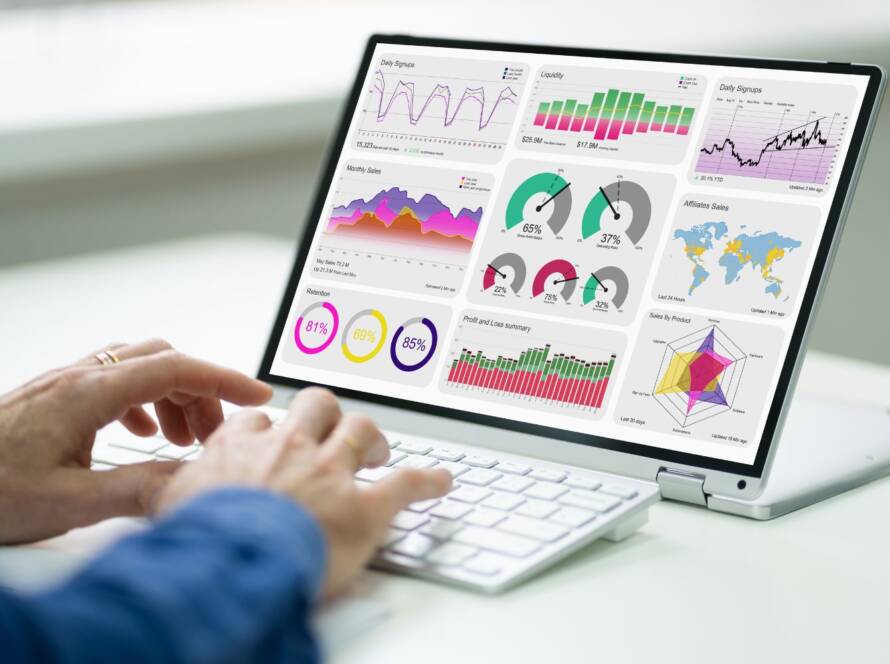The International Sustainability Standards Board (ISSB) has introduced a groundbreaking tool that promises to transform sustainability reporting: the IFRS Sustainability Disclosure Taxonomy, also known as the ISSB Taxonomy. This innovative digital taxonomy is designed to help investors and other financial stakeholders efficiently analyze sustainability-related disclosures, significantly enhancing the transparency and comparability of financial data on a global scale.
In-Depth Look at the IFRS Sustainability Disclosure Taxonomy 2024
The newly released IFRS Sustainability Disclosure Taxonomy 2024 is a pivotal development in ESG reporting, reflecting the latest standards issued by the ISSB. Key components of this taxonomy include:
- IFRS S1 General Requirements for Disclosure of Sustainability-related Financial Information: This standard, issued in June 2023, sets out the general guidelines for what sustainability-related financial information organizations need to disclose. It aims to ensure that such disclosures are comprehensive and align with global sustainability reporting needs.
- IFRS S2 Climate-related Disclosures: Also released in June 2023, this standard focuses specifically on the climate-related disclosures organizations must make. It is designed to help stakeholders better understand the climate-related risks and opportunities that businesses face, providing a clearer picture of their long-term sustainability.
Published on April 30, 2024, the IFRS Sustainability Disclosure Taxonomy provides a structured digital framework to enhance the clarity and comparability of sustainability-related financial information globally. This taxonomy is integral for organizations as they navigate the evolving landscape of global ESG requirements, ensuring they meet both current standards and adapt smoothly to future regulations.
Enhancing Sustainability Reporting Through Digital Means
The ISSB Taxonomy, rooted in the IFRS S1 and S2 standards, revolutionizes sustainability reporting. By enabling consistent tagging of sustainability-related financial information, it streamlines how acompanies communicate vital data to investors. This digital taxonomy supports clearer and more effective investor communications without introducing additional reporting burdens. It’s a significant step towards more standardized and transparent sustainability disclosures across the globe.
Strategic Advantages of the ISSB Taxonomy
The ISSB Taxonomy harmonizes seamlessly with the IFRS Accounting Taxonomy, allowing companies to seamlessly integrate their financial and sustainability reporting. This synergy is essential for businesses aiming to enhance the accessibility and analysis of their sustainability data alongside their financial metrics. Emmanuel Faber, Chair of the ISSB, emphasized the taxonomy’s timely release as critical for fostering transparency and efficiency in global capital markets. By facilitating a standardized sustainability reporting approach, the ISSB Taxonomy is instrumental as jurisdictions worldwide adopt these standards, streamlining the transition towards uniform reporting practices.
Enhancing Global ESG Reporting with ISSB Taxonomy
The ISSB Taxonomy is meticulously crafted to support interoperability with diverse international frameworks, such as those developed by the European Financial Reporting Advisory Group (EFRAG). This capability is crucial for multinational corporations that operate across varied regulatory landscapes. By ensuring compatibility with multiple standards, the taxonomy simplifies the complex process of global ESG reporting, enabling companies to maintain consistency and compliance in their sustainability disclosures no matter where they operate. This strategic alignment with global standards underscores the taxonomy’s role in promoting universal best practices in sustainability reporting.
Pioneering the Future of Sustainability Reporting with the ISSB Taxonomy
The launch of the ISSB Taxonomy marks a significant milestone in the evolution of sustainability reporting. This initiative is just the beginning of a journey toward creating more detailed and universally comparable sustainability disclosures. As the demand for transparency and accountability grows among investors and regulatory bodies, the ISSB Taxonomy plays a pivotal role in meeting these expectations. It lays the foundational framework for companies globally to enhance their ESG reporting, aligning with an international push towards clearer and more accountable sustainability practices.
Access and Resources
Companies and investors eager to implement or learn more about the ISSB Taxonomy can find detailed information and supporting resources on the IFRS’s dedicated digital financial reporting page. This platform includes educational materials that aid in understanding and utilizing the IFRS digital taxonomies effectively.
Conclusion
The introduction of the ISSB Taxonomy marks a significant advancement in the standardization and digitalization of sustainability reporting. By enhancing the way financial data is reported and analyzed, the ISSB is leading the way toward a more transparent, accountable, and sustainable global market. Organizations are encouraged to explore this new tool and consider how it can improve their ESG reporting processes.
For further exploration and to book a demonstration, visit the EcoActive ESG website or contact their support for more detailed guidance on integrating this new tool into your sustainability reporting strategy.



